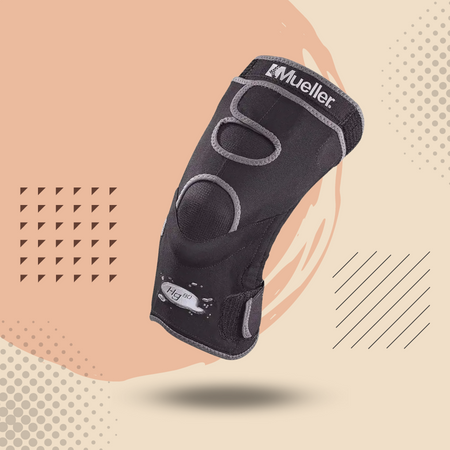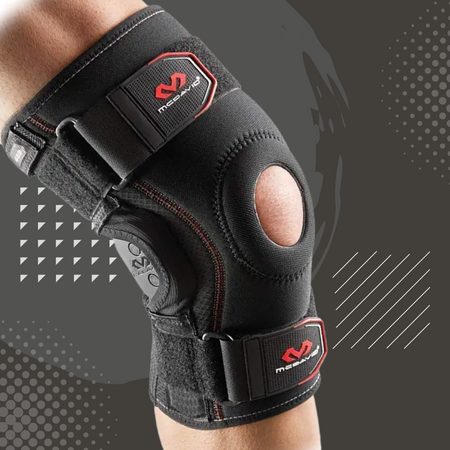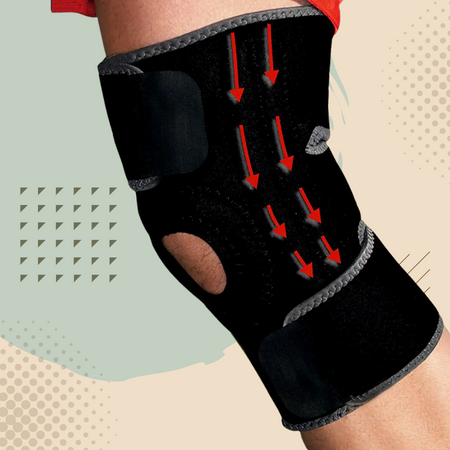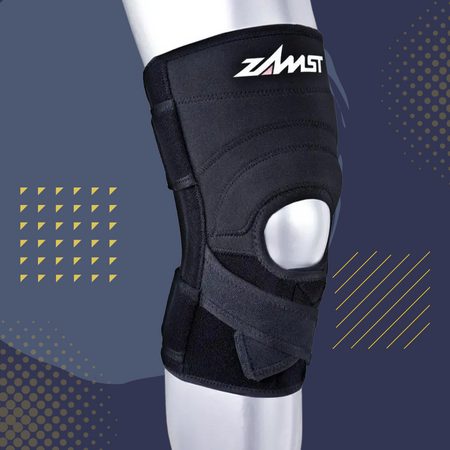Looking for the best knee brace for tennis players in 2024? Look no further! Our knee braces are specifically designed to help protect your knees during your matches. Whether you’re a beginner or a seasoned player, our braces will help you stay on your feet and play at your best. Shop now and be sure to get the perfect brace for you!
[amazon table=”25658″]Why do tennis players need knee stabilizers?
A knee brace is a support worn around the knee to help protect it from injuries or to provide support for an injured knee. The best knee brace for tennis players is one that provides both stability and flexibility, while also being comfortable to wear. Knee braces come in a variety of sizes, shapes, and materials, so it’s important to choose one that fits well and offers the level of support you need.
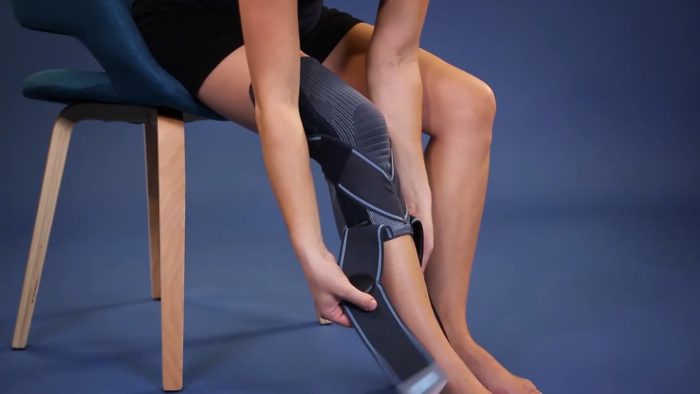
The best knee braces for tennis players
The best knee brace for tennis players is one that offers support, stability, and protection from impact. It should also be comfortable to wear and allow for a full range of motion. Here are the best knee braces for tennis players:
1. The DonJoy Playmaker II Knee Brace
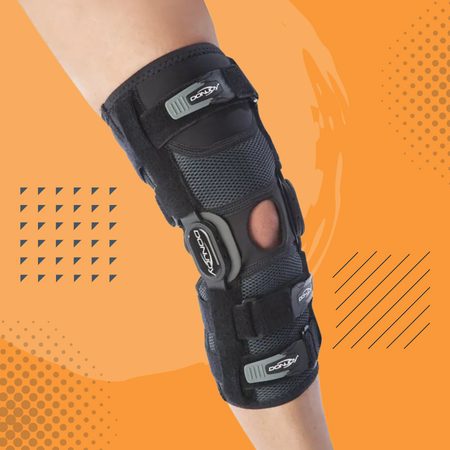
This brace is made of lightweight materials and offers support for mild to moderate instability. It is also comfortable to wear and allows for a full range of motion.
2. The Mueller Sports Medicine Hg80
Muller knee brace is made of breathable fabric and provides support for mild to moderate instability. It is also comfortable to wear and allows for a full range of motion.
3. The McDavid 429 Knee Support with Cross Straps
McDavid Knee Support is made of neoprene and provides support for severe instability. It is also comfortable to wear and allows for a full range of motion.
4. The ACE Brand Deluxe Knee Stabilizer
The ACE Knee Stabilizer is made of heavy-duty materials and provides support for severe instability. It is also comfortable to wear and allows limited movement. However, this may not be the best choice if you have sensitive skin as it can cause irritation.
5. Zamst ZK-7 Knee Brace
If you have sensitive skin, look into another option such as the ones below. 5th on our list but still a great choice nonetheless, the Zamst ZK-7 Knee Brace offers great value and provides good all-around support especially if you have patellar tendonitis or jumper’s knee. Its I-Shape design makes it ideal for those with wide calf muscles as well.
Lastly, it’s very affordable compared to other high-end brands out there yet doesn’t sacrifice quality in terms of its build or function.
How can it help prevent injuries for tennis players?
The best knee brace for tennis players is one that fits snugly and provides support without being too constricting. It should also be comfortable to wear for long periods of time and allow a full range of motion. A good knee brace can help prevent injuries by stabilizing the joint and providing support to the muscles and ligaments around it.
Do all tennis players need to wear a knee brace?
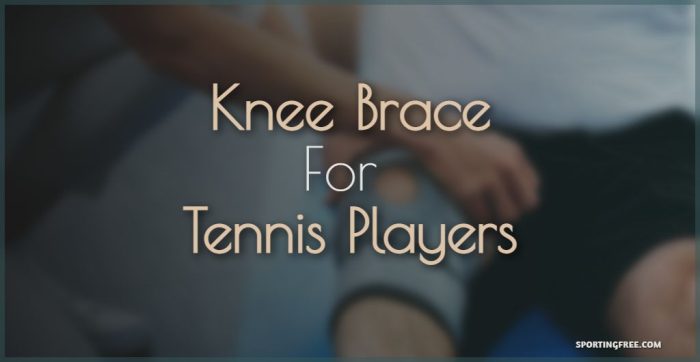
No, not all tennis players need to wear a knee brace. However, those who have had previous injuries or surgeries to the knee may benefit from wearing a knee brace during play.
Knee braces can help protect the knee from further injury and provide support and stability. There are many different types of knee braces available, so it is important to consult with a doctor or physical therapist to determine which type is best for each individual.
How do I choose the best one for me?
If you’re an athlete, or just experience a lot of pain in your knees, you may be wondering what the best knee brace is for you. They come in a variety of shapes and sizes, and each type has its own advantages and disadvantages. In this article, we’ll go over some of the different types of knee braces, as well as what to look for when choosing one.
The first thing to consider when choosing a knee brace is what kind of support you need. If you have mild pain or discomfort in your knees, a simple neoprene sleeve may be all you need. These sleeves provide compression and warmth, which can help reduce swelling and pain.
For more serious conditions such as arthritis or meniscus tears, however, you’ll need a more supportive brace. Rigid braces that extend from below the knee to above the thigh are often prescribed for these conditions.
Another factor to consider when choosing a knee brace is how often you’ll be wearing it. If you only need occasional support, such as during sports activities, an off-the-shelf brace may be sufficient.
However, if you require daily support, it’s important to choose a comfortable brace that won’t rub or chafe your skin. You may also want to consider getting a custom-fitted brace from a professional orthotist; these braces are usually made from lightweight materials and are designed specifically for your individual measurements.
Finally, keep in mind that not all knee braces are created equal. Be sure to read reviews before purchasing any type of brace; with so many options on the market today, it’s important to find one that’s both effective and comfortable for you personally
How do I know if I need a knee brace?
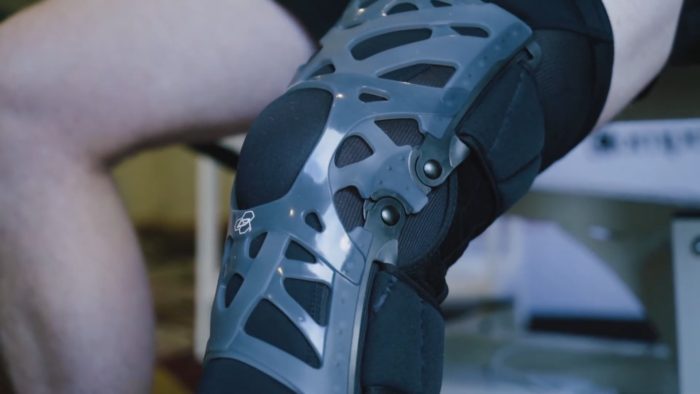
There’s no definitive answer to this question, as it depends on the individual and the severity of their knee injury. However, if you’re experiencing pain or instability in your knee, it’s worth considering whether a brace could help. There are a variety of different braces available on the market, so it’s important to do your research to find one that best suits your needs.
If you’re a tennis player, for example, you might want to look for a knee brace specifically designed for tennis players. Similarly, if you have arthritis, there are braces available that can help to relieve pain and improve joint function. Ultimately, it’s important to consult with a medical professional to get their expert opinion on whether or not a knee brace is right for you.
How can I get the most out of my knee brace?
When it comes to getting the most out of your knee brace, there are a few things you can do to ensure that you’re making the most of its supportive power. First and foremost, make sure that you’re wearing the knee brace correctly.
It should be snug but not too tight, and it should be positioned so that it provides support to the area around your kneecap. If you have any doubts about how to wear your knee brace, consult with a medical professional or the manufacturer’s instructions.
Once you have your knee brace in place, take some time to adjust to it. It may feel strange at first, and you may need to readjust it a few times before you get used to it. But once you’ve got the perfect fit, wearing your knee brace will become second nature. And as you get used to it, you’ll start to feel the full benefits of its support.
Finally, remember that a knee brace is just one part of staying healthy and injury-free on the tennis court. In addition to wearing a kneebrace, be sure to warm up properly before playing, stretch frequently during matches, and cool down after playing. By following these simple steps, you’ll be giving yourself the best possible chance of avoiding injuries and staying healthy on the court.
What are the benefits?
There are a number of benefits to wearing a knee brace, especially if you are an active tennis player. A knee brace can help to stabilize the knee joint, which can in turn help to prevent injuries.
Additionally, a knee brace can provide support and cushioning for the knees, helping to reduce pain and discomfort during activity. Wearing a knee brace can also help to improve your performance on the court by providing additional support and stability.
[amazon box=”B07R62C645,B07DLFP8Q5,B0875N6KLS,B07MBR366Y,B019GDFN6W,B00Z1KR35O,B000QRG970,B09ZV5MPK8,B072N3J9BP” template=”table”]
